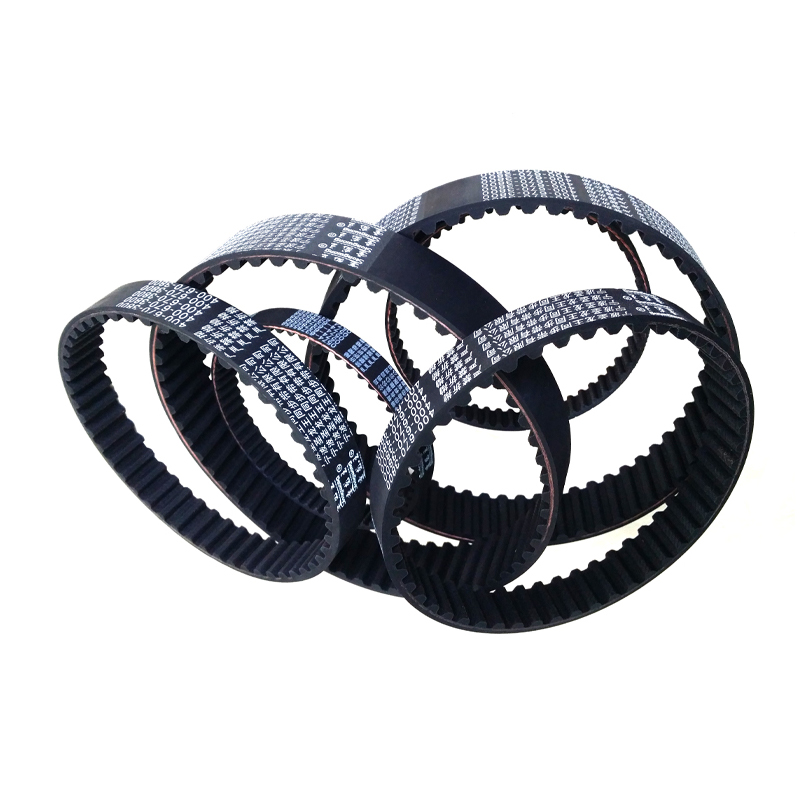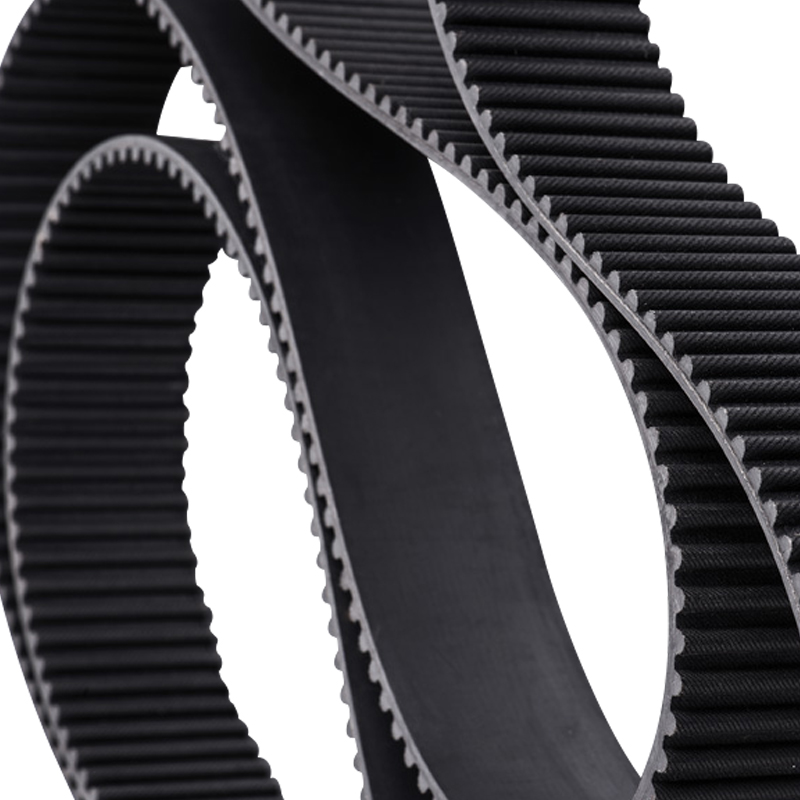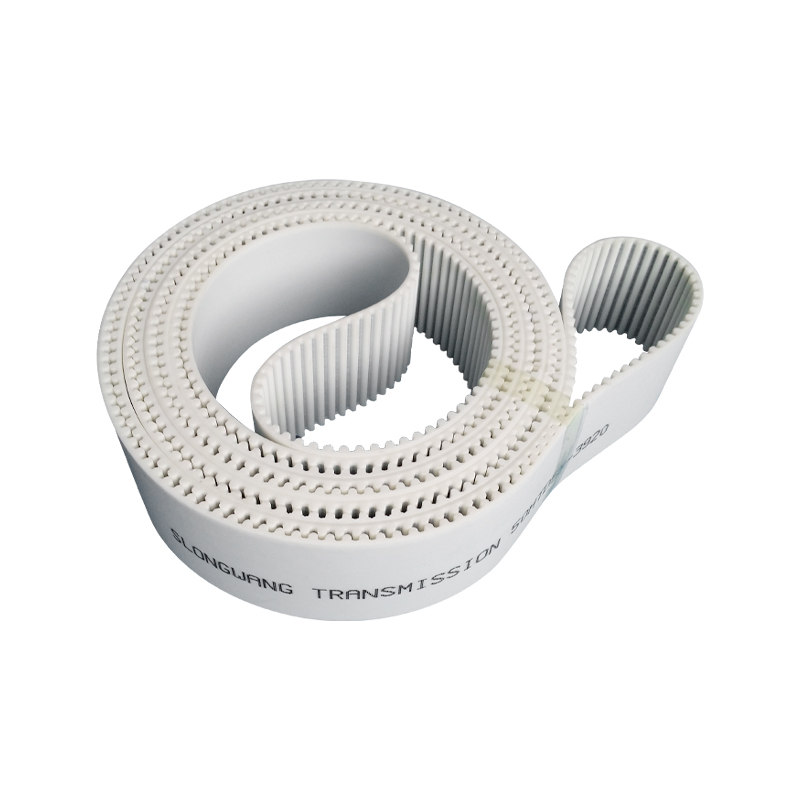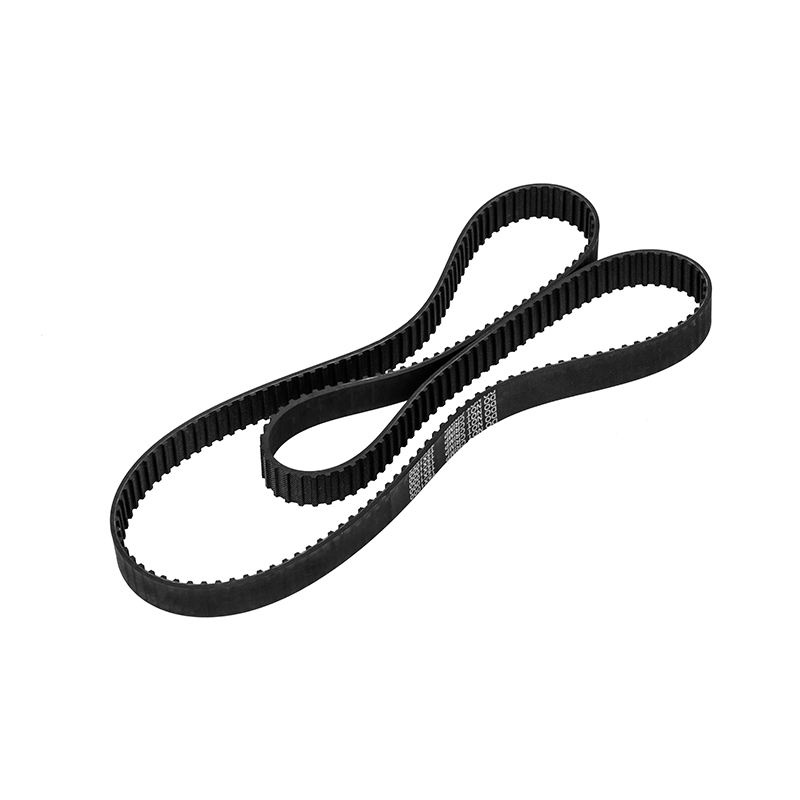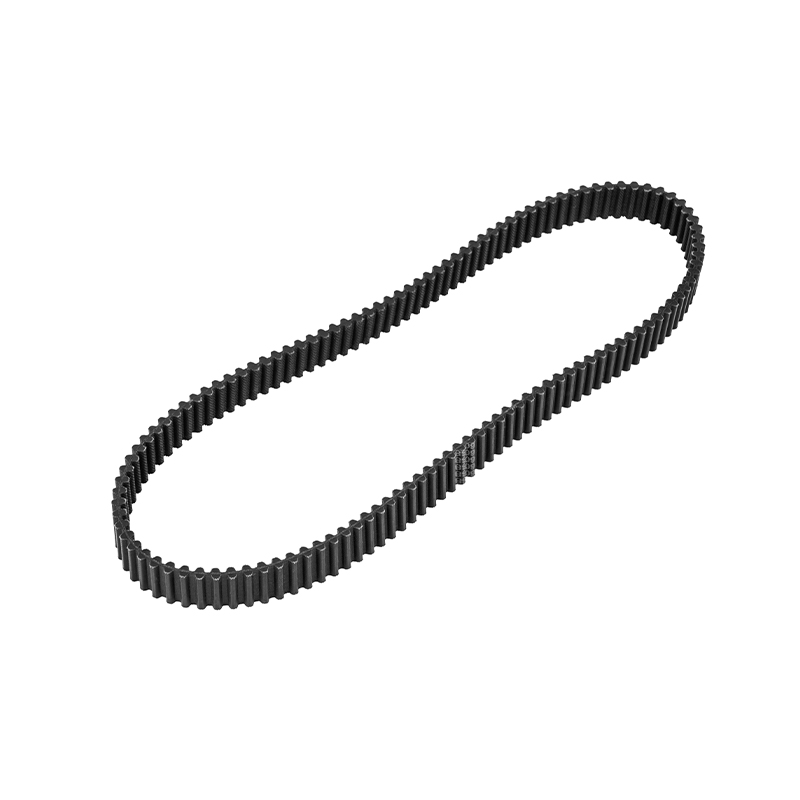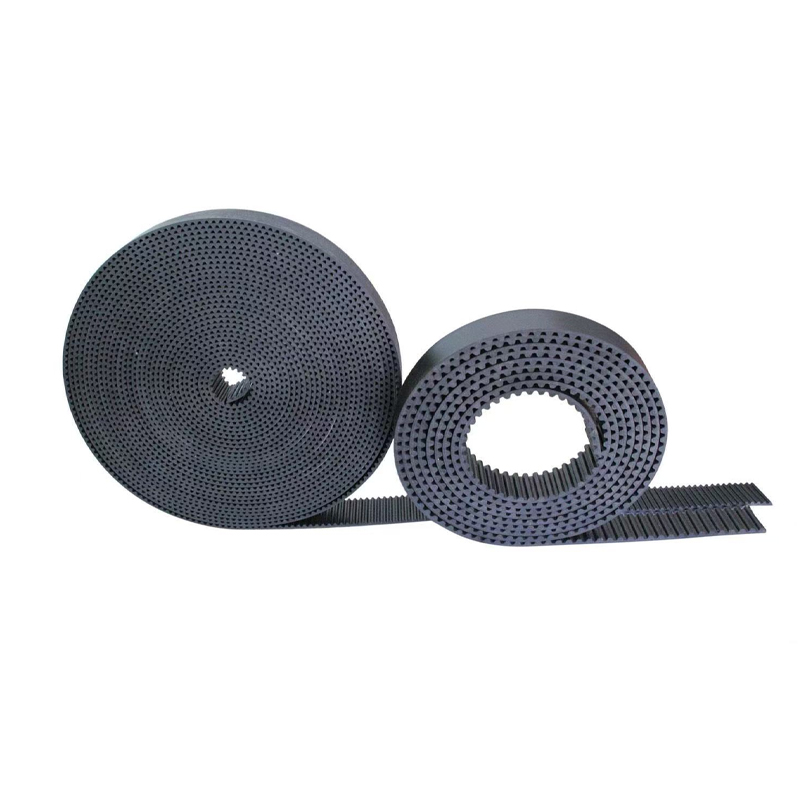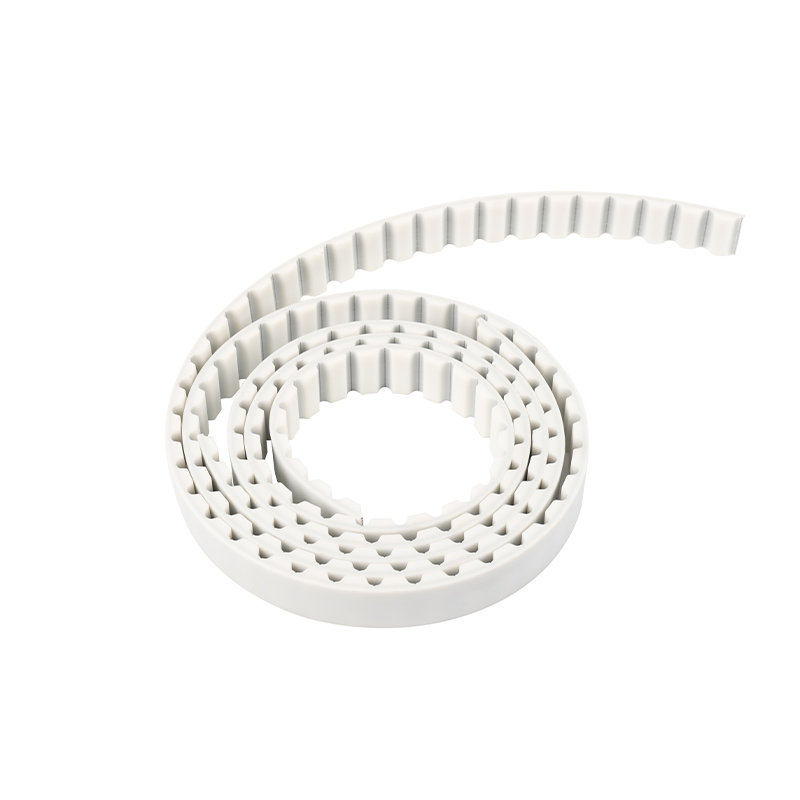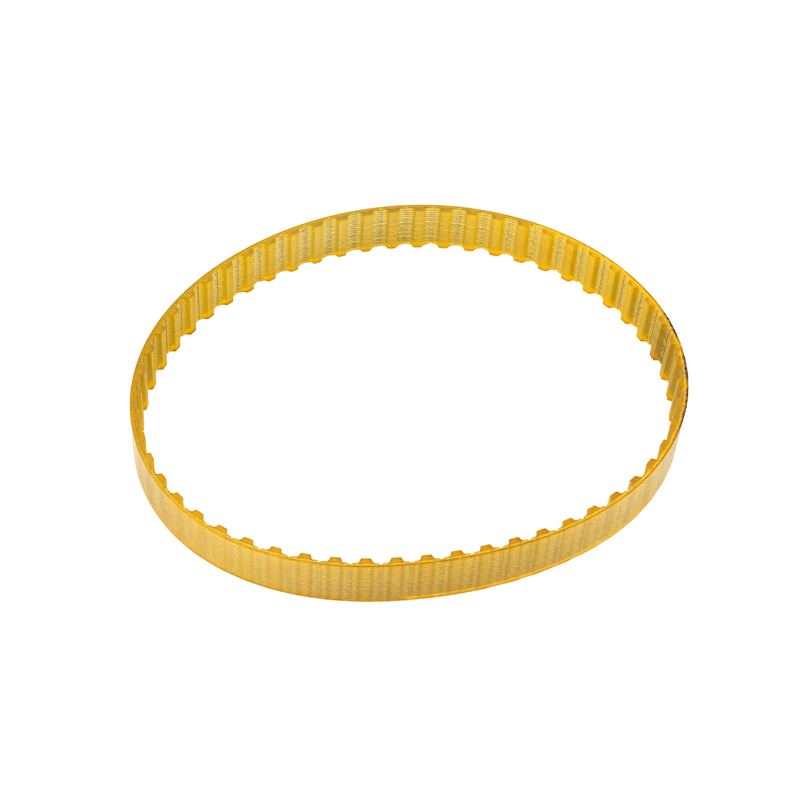What to Do When Timing Pulley Experiences Two Types of Damage?
2025-01-25
Timing pulleys commonly face two significant issues: tooth surface wear and tooth breakage. Below, we analyze the causes of these problems and the corresponding solutions.
Tooth Surface Wear
Tooth surface wear in timing pulleys is a frequent issue in timing belt drive systems. The form of wear can vary depending on the type of gear drive system. For example, abrasive wear occurs when abrasive materials like sand or metal shavings fall between the meshing tooth surfaces, gradually wearing down the tooth surfaces to the point of failure. This is one of the main types of wear in open-timing pulley drives. Using closed-timing pulleys can effectively avoid abrasive wear on the tooth surfaces.
Tooth Breakage
In addition to wear, tooth breakage is another common problem in timing pulleys, which can occur in various forms. Under normal conditions, the primary cause is bending fatigue fracture at the tooth root. This happens because the bending stress is highest at the tooth root when the gear is under load. Factors such as sudden changes in the cross-section at the tooth root and machining marks can lead to stress concentration. When the tooth root is repeatedly loaded, fatigue cracks may form and gradually expand, resulting in tooth breakage.
To address the issue of easy breakage in timing pulleys, the following measures can be taken:
-
Increase the Radius of the Tooth Root Transition: This helps to reduce stress concentration at the tooth root by eliminating machining marks.
-
Enhance Rigidity of Shafts and Supports: This ensures that loading along the gear contact line is more uniform.
-
Employ Suitable Heat Treatment Methods: This gives the core material of the teeth sufficient toughness.
-
Use Processes like Shot Peening and Roller Burnishing: These techniques can reinforce the surface layer at the tooth root.
By implementing these strategies, the durability and reliability of timing pulleys can be significantly improved.


 English
English 中文简体
中文简体